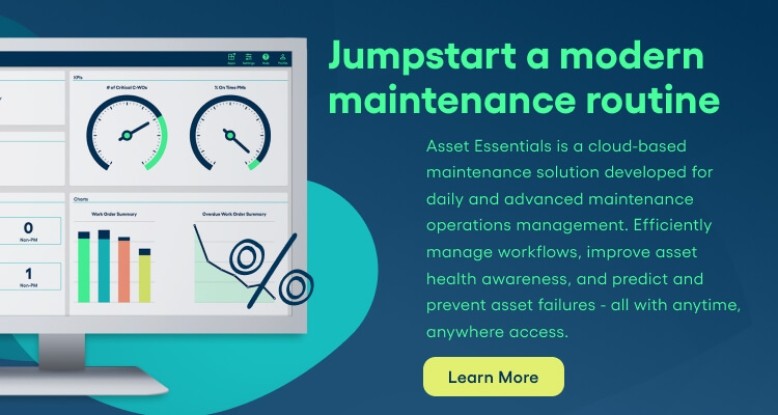What is the Difference Between a “Completed” status vs. a “Closed” Status?
Q: What’s the difference between the “Completed” status and “Closed” status for work orders? Some of my technicians are “Completing” work orders and others are “Closing” – I’m not sure what the difference is so I don’t know what status to advise them to use.
A: Once the work order is marked completed it can still be manipulated to add vendor costs and employee hours, Once its closed you can no longer add anything to it. If I know I had a vendor come in for a repair I can mark it complete letting the person who put the work order in know the job is done then set it aside and wait for the vendor invoice, once that cost is added I will close it.
A: The “Complete” status signifies that the work itself has been finished, but there may still be labor hours, purchases, etc. that need to be added to the request. The “Closed Work Orders” status is designed to be like the “final stamp of approval” – it signifies that not only is the work itself completed, but all transactions, notes, etc. have been added to the work order. While a work order is in the “Closed Work Orders” status, additional transactions cannot be added, however you can change the status back to “Complete” (or any other status) to add the new transactions and then change back to closed.

A: I have noticed that if a tech skips the completed step and just closes the work order that it can cause the work order to not have an accurate date/time stamp. The date is correct but not time (not accurate). This was causing problems with monthly reports on open/close statistics so I advise our technicians to only complete and I batch close after reviewing.
A: I use complete and closed to track current fiscal year activity. At the end of the fiscal year, I change all completed work orders to closed. This way I can easily view the current fiscal year statistics of completed work orders as the completed number is separate from all the closed work orders from previous fiscal years.
A: When the work is done, the technician changes the status to "complete." Once all labor hours, materials and associated costs are added to the work order, the status is changed to "closed" and the work order is officially closed out.




